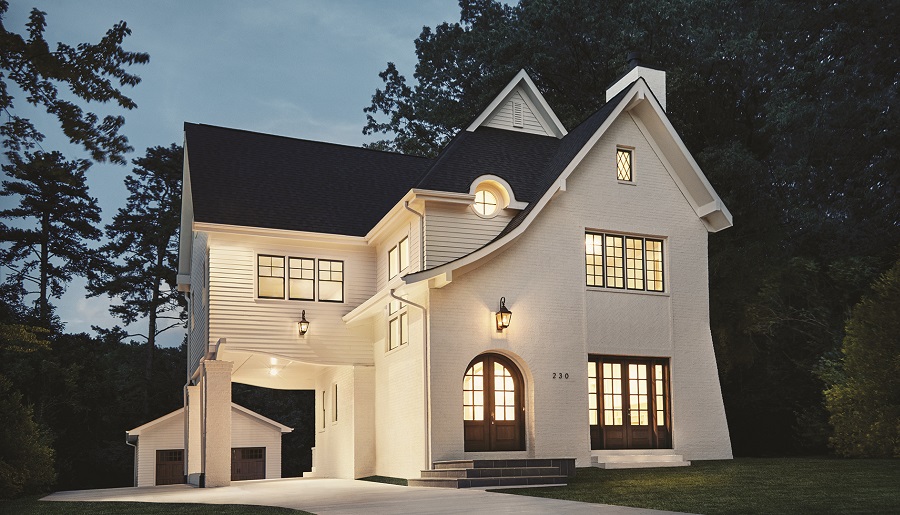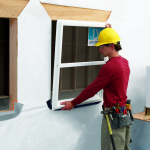For more than three decades, the size of newly constructed U.S. homes trended larger. Between 1973 and 2010, the average square footage for new home construction increased from 1,660 to 2,392 square feet.1 However, between 2015 and 2018, average square footage decreased from 2,689 to 2,557 square feet per unit.2 Though that doesn’t seem like a lot, the reversal of this trend is bound to change the metrics involved in the construction industry. To help keep you ahead of the curve, we’ve compiled some of the best ways to ensure that you can continue to make profits in this business environment while building the homes that people want to live in.
Home sizes are trending smaller as people realize that bigger is more expensive, both in the short and the long term. The fad of tiny homes, as houses and apartments that range from 150 to 400 square feet are called, is not for everyone. But that trend is affecting the larger housing conversation. Smaller homes are attractive to people because the heating and cooling costs will be lower, care and maintenance will be easier and people wish to have a lighter impact on the planet by using fewer resources.
Affordability is also an issue. Many buyers in the market need starter homes or are downsizing from larger and older homes. Builders of affordable homes can also utilize partnerships with government and nonprofits, along with creative financing strategies, to make building in this sector financially feasible. It may not be as glamorous to build affordable housing, but it can be a way to diversify your business while also serving the community. Capitalizing on what buyers want and need is always a good strategy, but knowing how to maintain your business during changing times is key.
Keeping profit margins healthy is a concern for every home builder. Here are some ways to build smaller homes while still realizing a profit:
- Energy efficiency. Home buyers worry about the rising costs of heating and cooling. Using elements that will improve a home’s heating and cooling performance, like energy-efficient doors and windows, can improve overall efficiency while maintaining affordability. JELD-WEN has been an ENERGY STAR® Partner since 1998 and offers a wide variety of windows and doors that meet or exceed their standards.
- Design is more important with smaller spaces. Maximizing the layout enables buyers to be comfortable in smaller spaces.
- Location, location, location. Choose sites carefully to build homes that will retain value for new homeowners.
- Light. When you choose energy-efficient windows and patio doors, you can maximize natural light without losing the home’s overall efficiency.
- Innovative business practices. Analyze your standard operating procedures and be open to changing how you do things, especially when it comes to using new technologies.
- New technologies can help you keep track of expenses, overhead, financing costs, in-progress photos and even blueprints. And staying organized can save you time during construction.
- Track your cash flow. Consider the efficiency of buying in bulk versus buying “just in time” to see which will save you more money.
- Volume. If you currently build 10 houses a year, but the homes are getting smaller, consider building 12. If you maintain your overall dollar volume, you can keep your margins pretty steady.
One focus of building smaller can be to emphasize quality rather than size. A home is a big investment and adding value with higher-quality construction means that you can deliver a similarly priced smaller home with increased energy efficiency. According to Abel Smith of Tay River Builders, “People value better quality over larger size.” With his customers, a slightly more modest but better built home is very attractive.
Maintaining a thermal envelope to contain energy costs is key to many newer higher-quality homes. For Smith’s business, he is seeing more interest in air-sourced heat pumps over gas-fired heating supplies. In other words, the trend is toward electric heat sources instead of combustion. Along with better design, improved specifications can create a better building envelope. These quality improvements are attractive to customers and can set your construction company apart from the pack.
Many factors are changing in the overall construction business, so the playing field is always shifting slightly. Implementing new strategies can help builders survive the changes, and even thrive with the current trend of smaller home sizes.
Let JELD-WEN help you with your building projects.
1. census.gov/const/C25Ann/sftotalmedavgsqft.pdf.
2. census.gov/construction/nrc/salesvsstarts.html.



